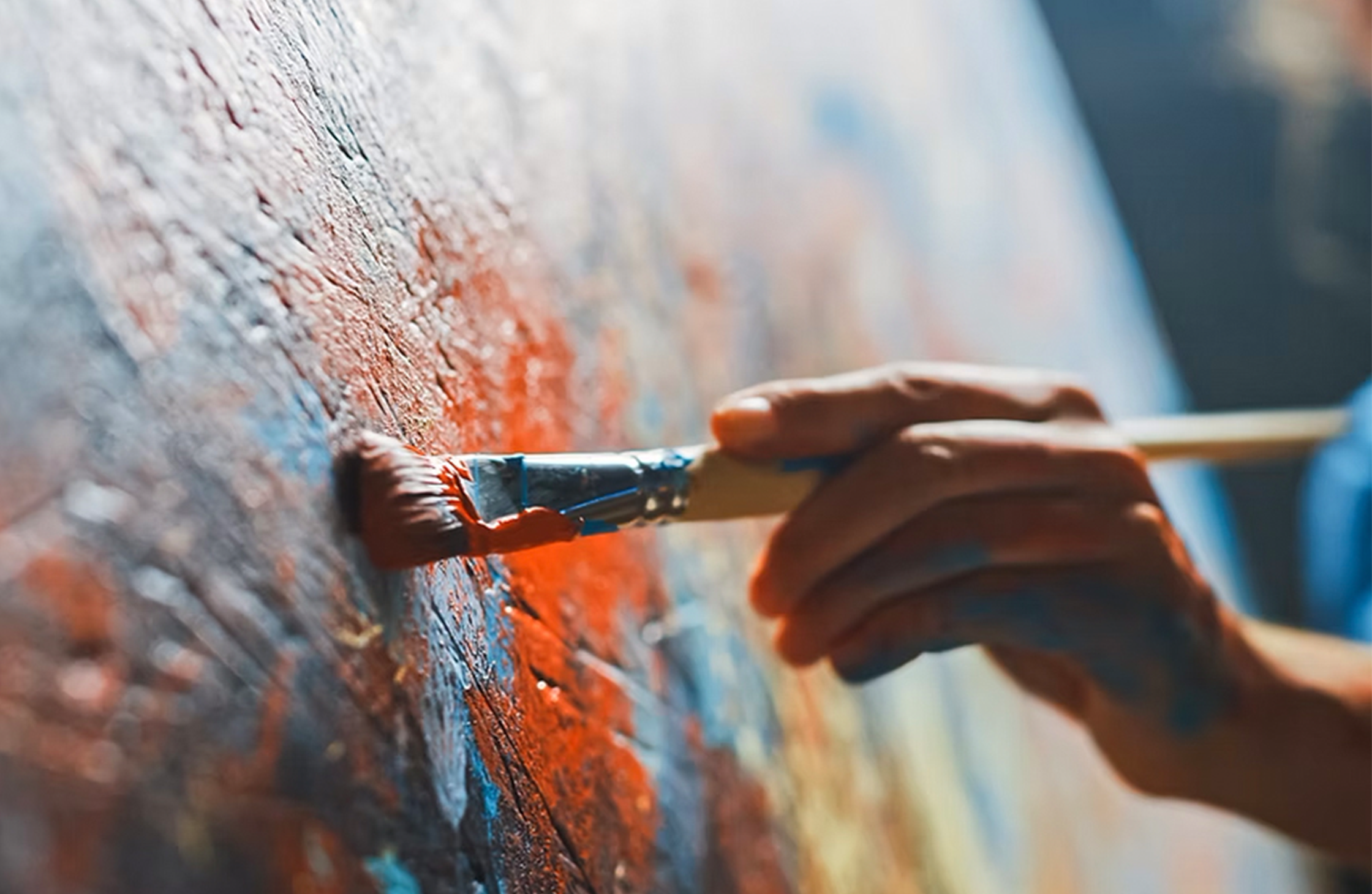We think of engineers and scientists as skilled problem solvers; but so are construction workers, fieldworkers, and artists. Innovation is a funny word. As infants, we tinker with materials until we know if they are safe to eat, or if they’re dangerous. Does this or that material mark the wall, or is it more fun to throw it across the room and scare the dog?
If life is a canvas, we are born to paint with what life puts in front of us. But where does all the creativity we have in our youth go?
I'll tell you where. By design, our cities have chosen to smother it and prioritize all else.
When will our city leaders decide that it is time to emphasize the visual and performing arts? When do we, as residents, start demanding that they do so? When do we insist that a city without art — without institutions which capture a collective of cultural contributions, and provide a beautiful tapestry of heritage and history — is not a city worth having? When do we demand that our cities celebrate unique perspectives of our relatable experiences through galleries? When do we create architecturally significant venues celebrating the performing arts like so many other larger cities do?
Until we realize how atrocious it is to have a town devoid of cultural institutions in every city center, we will never be great. Not even close.
And who suffers most? I’ll tell you. New generations. Generations of children who become adults in the Tri-Cities. Picture every musician who has never had the chance to perform outside their living room since the incorporation of Pasco, Richland, and Kennewick. Just imagine every creative child who hasn’t been able to see a Van Gogh or Kehinde Whiley in person. So many talented artists and musicians in our towns will continue to be unknown, undiscovered.
In The Jungle Book, Baloo the Bear said of the young Mowgli being returned to the village: “They’ll ruin him. They’ll make a man out of him.” Kids are wired to be creative. As we shape our next generation, they become like the rest of us, not by any fault of their own. As Tri-Citizens, we don’t know what we are missing if we’ve never had it. So, our creatively stifled children become creatively stifled adults.
And because of the multi-generational neglect, we wouldn’t know how to engage in culturally enriching activities, even if a museum or performance hall appeared overnight in the Tri-Cities. We’ve been so neglected by the lack of galleries and museums, we don’t know how to look at what’s in front of us. We don’t understand how to process the information presented to us even when we’re staring right at it.
A pattern emerges in cities like ours because of our limited understanding: Art must be easily accessible if we are to look at it. It passes the ‘art test’ if it looks like a Jackson Pollock or a Monet. Music must sound familiar if we are to listen to it. The historical markers and artifacts must tell the story we want to hear, not what we need to hear.
This unintended lack of culture itself becomes a kind of culture.
I was a public school teacher for 17 years. It was a hard-won lesson to learn that if I did not create the culture I wanted in my classroom, I would be contributing to a school without the culture I value. The unintended consequences would become the norm — a culture of people with no desire for culture. As the saying goes: “Whatever you aren’t changing, you are choosing.”
Now, as a gallery owner, I silently watch many customers walk through the doors of Cafe con Arte in the middle of downtown Pasco. Once inside, they beeline right past the local artwork, order their espressos, and sit down to either converse with each other or to stare at their phones. Afterward, they walk out the door without ever looking at a wall. To them, the visual stimulus is just a hum in their periphery, largely underappreciated, like it is nothing but ambient music in the background.
So then, what about those parents who do want to feed their children’s creative spark when they are curious to see life through the unique skillful expression of a visual artist, learn of local history, or want to find more culturally relevant experiences? I often wonder where they take their families to fill that creative need. Where do we facilitate culture and further foster an interest in the arts? We know there are a handful of spaces with initiatives that relate to this precise idea: A few local museums, some private art galleries, a cafe or brewery here and there. We thank you for your service. But really, TC, is that it? Is that the best we can do?
“Whatever you aren’t changing, you are choosing.” For this reason, let’s just call it what it is. We are choosing to kill the creativity and curiosity of children, just like the curiosity was slowly squeezed from our creative minds as children. It is criminal. Downtowns without museums and galleries are intentionally smothering the unfiltered, creative minds of our youth.
I leave you with one last quote: “A creative adult is the child that survived.” Banksy said that. And If his quote is accurate, then that means the Tri-Cities isn’t looking for survivors.
Here is a call to action. Intention is needed. To foster creativity, one must facilitate it — and support the heck out of the handful of creative spaces we have here in the Tri-Cities.
Saul Martinez is an artist, creative, gallery owner, and art teacher. He can be found at @cafeconartetc and @sahul_arte.

